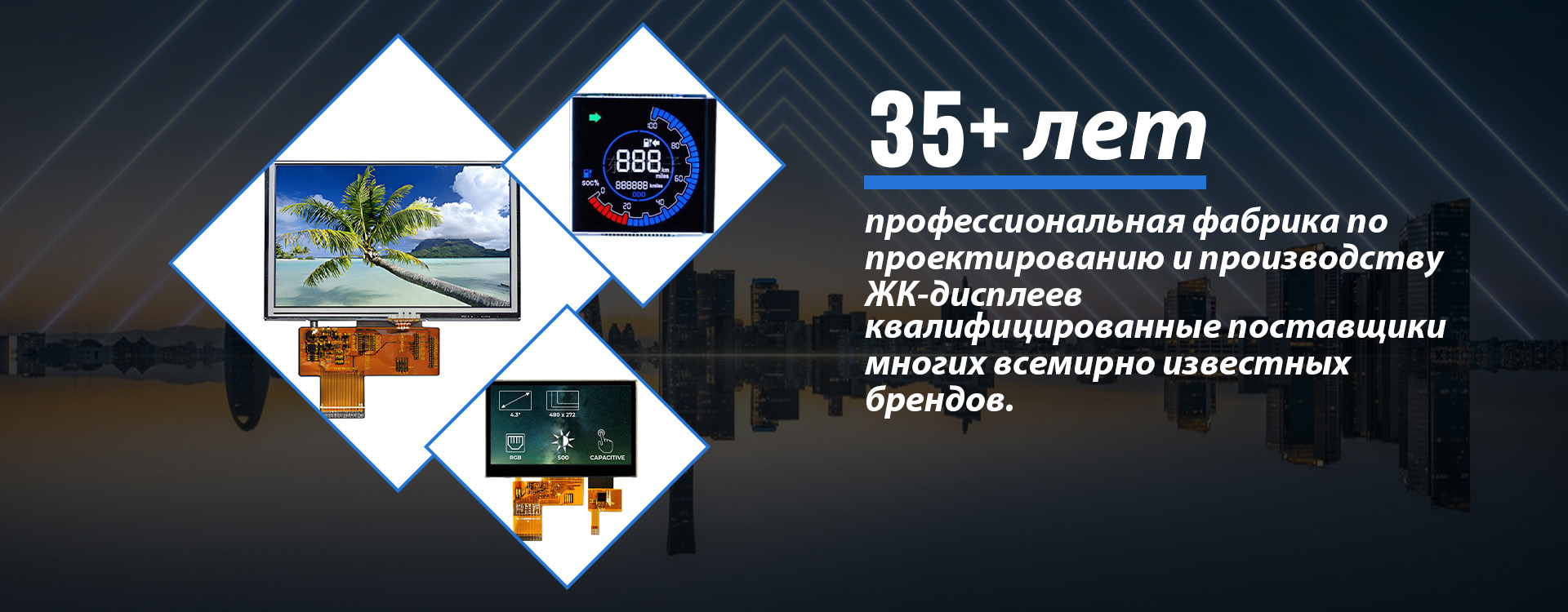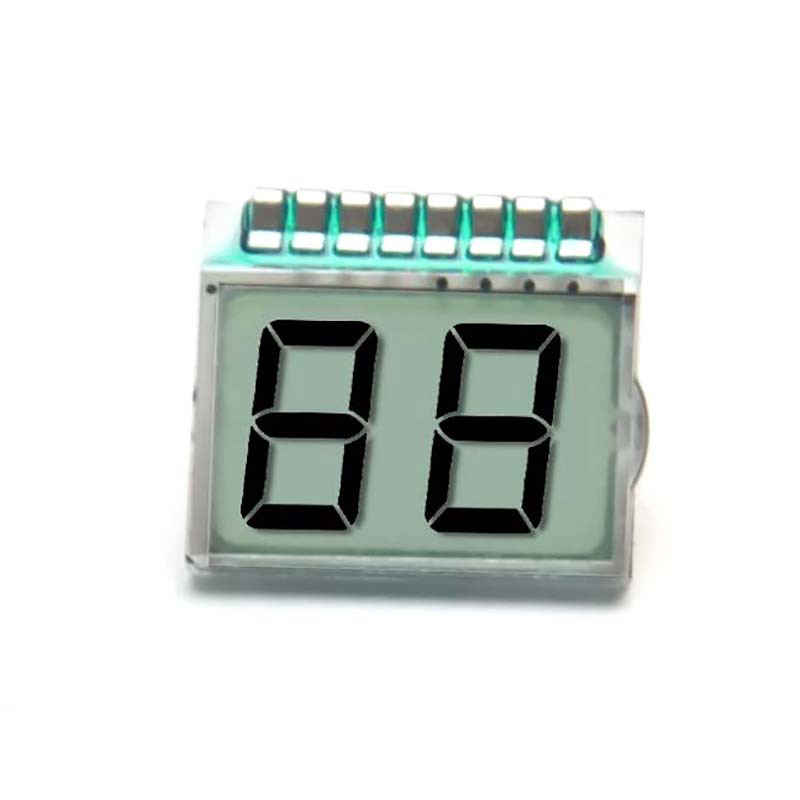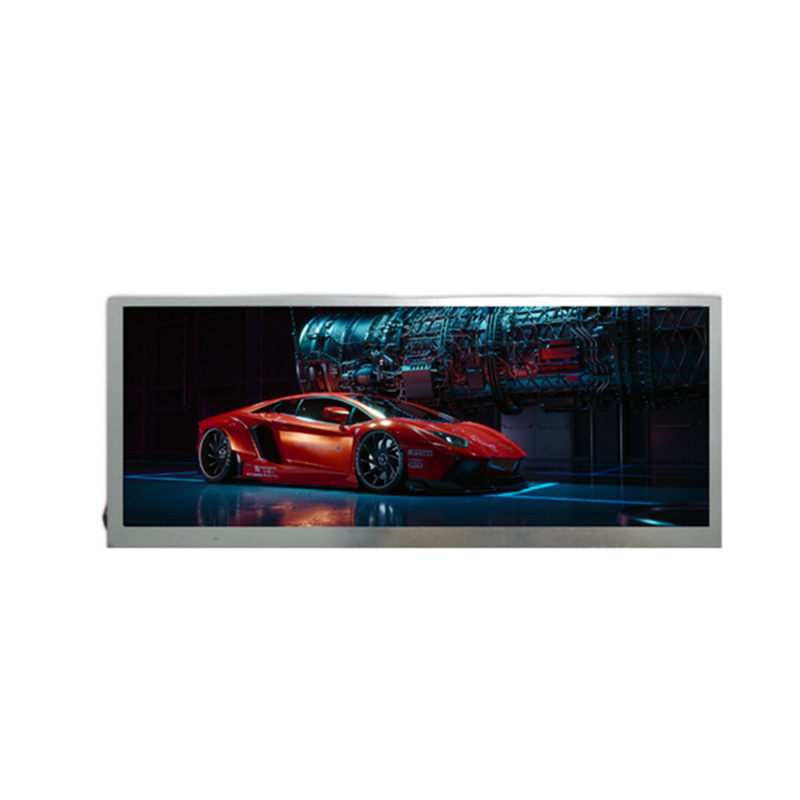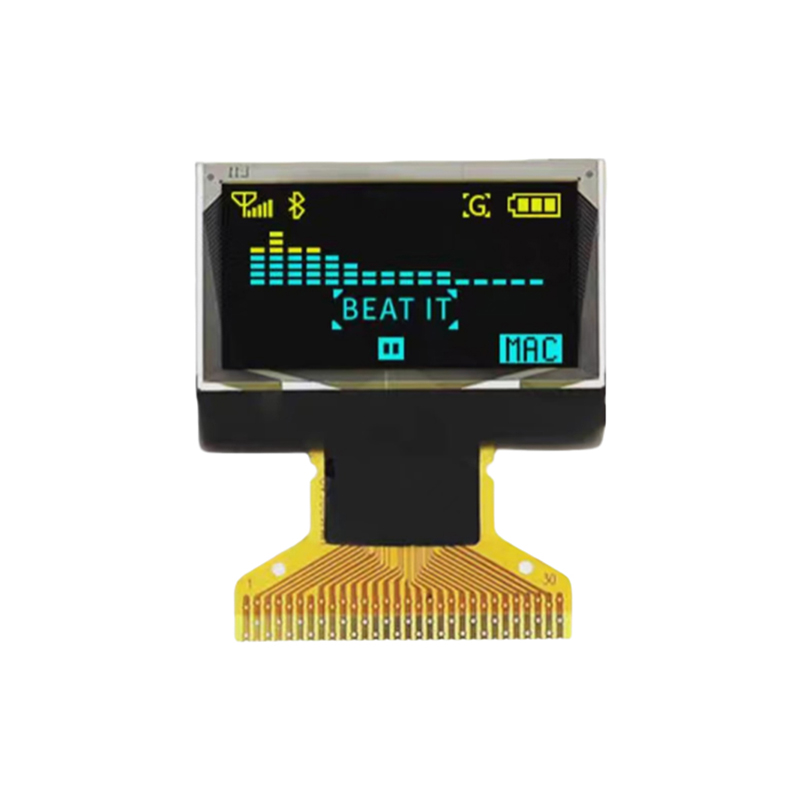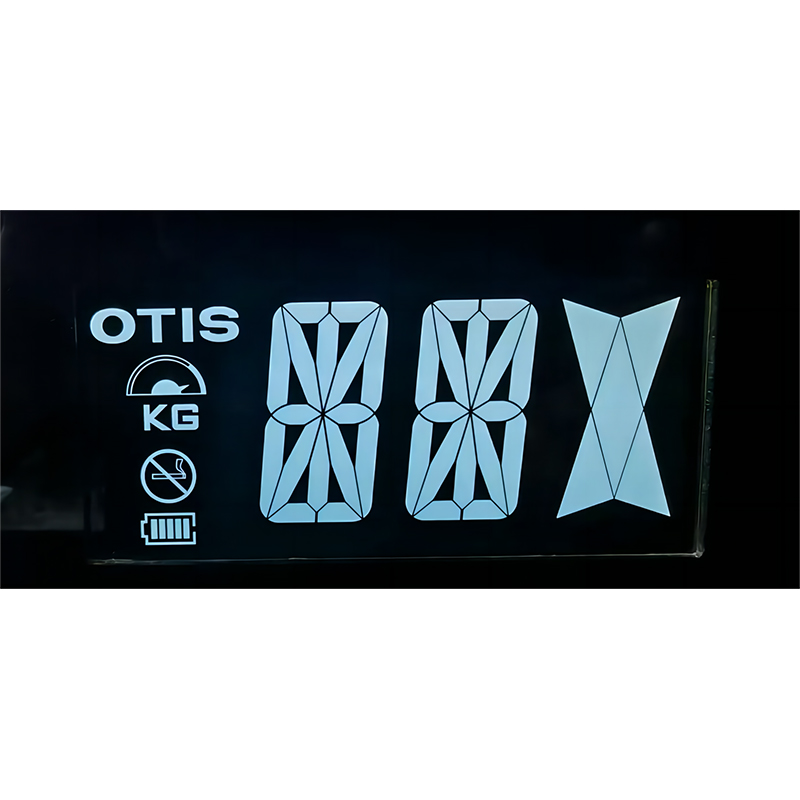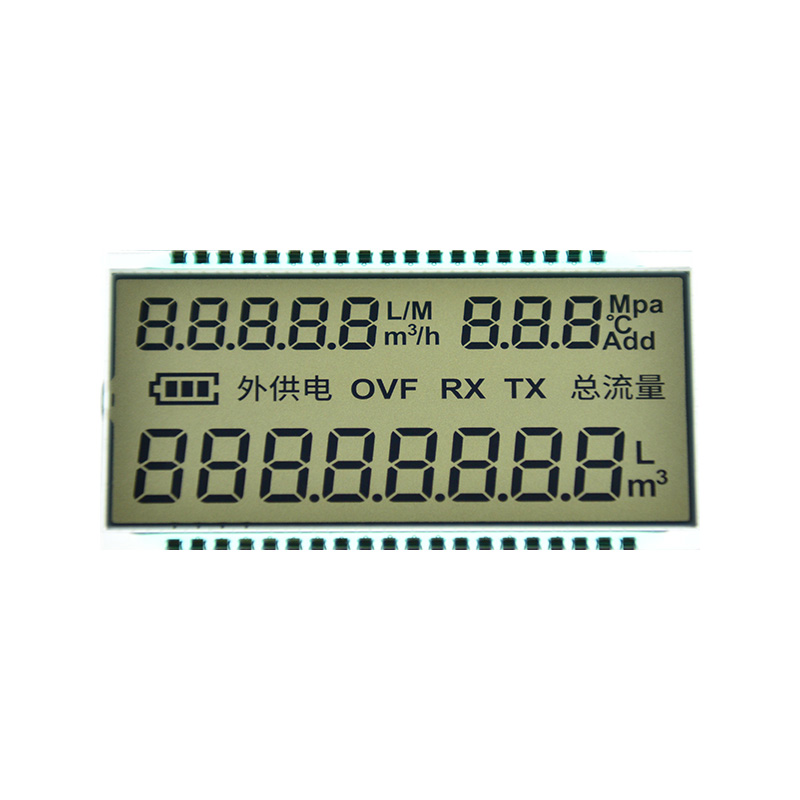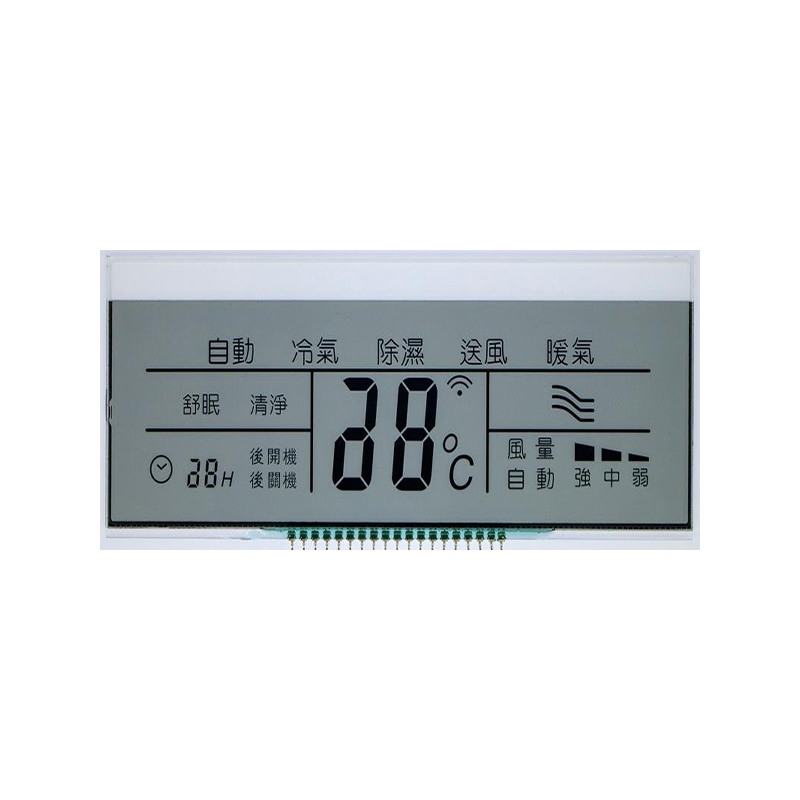
Understanding the I2C Interface: A Comprehensive GuideUnderstanding the I2C interface is crucial for anyone working with embedded systems. This guide provides a detailed explanation of what it is, how it works, and its applications. We'll explore its advantages, disadvantages, and common use cases, making it easier to understand and utilize this important communication protocol.
The I2C (Inter-Integrated Circuit) bus is a serial communication protocol invented by Philips Semiconductor (now NXP Semiconductors) in the early 1980s. It's a multi-master, multi-slave architecture, meaning multiple devices can act as either a master (initiating communication) or a slave (responding to communication) on the same bus. This allows for simple and efficient communication between microcontrollers and various peripherals like sensors, memory chips, and display modules. A key feature of the I2C interface is its simplicity, using just two wires – Serial Data Line (SDA) and Serial Clock Line (SCL).
Communication on the I2C interface is achieved through a combination of clock pulses and data bits transmitted serially over the SDA and SCL lines. The master device initiates communication by sending a start condition, followed by the slave address to identify the target device. The slave then acknowledges the address, and data transfer begins. Data is transmitted bit by bit, synchronized with the SCL clock signal. After data transmission, a stop condition ends the communication session. The protocol incorporates acknowledgements at several points to ensure reliable data transfer. Error detection and handling mechanisms are also built-in.
Each device on the I2C interface is assigned a unique 7-bit address. This ensures that the master can correctly identify and communicate with the intended slave device. Some devices also support 10-bit addressing, allowing for a larger number of devices on the bus. The address is transmitted as part of the communication start sequence.
The I2C interface offers several advantages over other communication protocols:
Despite its advantages, the I2C interface has some drawbacks:
The versatility of the I2C interface makes it suitable for a wide range of applications in embedded systems. Common use cases include:
When selecting I2C devices for your project, consider factors such as speed requirements, power consumption, and the number of devices needed. Always refer to the manufacturer's datasheets for specific details and compatibility information. For example, Dalian Eastern Display Co., Ltd. offers a wide range of LCD modules compatible with the I2C interface. They provide detailed specifications and support to help you choose the right component for your application.
The I2C interface is a widely used and versatile communication protocol for embedded systems. Its simplicity, low cost, and multi-master capability make it a popular choice for connecting various peripherals to microcontrollers. Understanding its workings, advantages, and limitations is crucial for successful embedded system design. By carefully considering the application requirements and choosing appropriate devices, developers can leverage the benefits of the I2C protocol to create efficient and reliable systems.
